

Beyond the talks, there are all sorts of indulgent experiences to keep attendees occupied. I showed up at the 2017 TED conference to check it all out.
In some ways, attending the TED conference in person is exactly what you'd expect from watching TED talks online. It's an overwhelming experience, jam-packed with scientists, artists, entrepreneurs, and CEOs who all have their One Big Idea to share.
Many of the big-name speakers — in 2017, they include Nobel Prize winner Elizabeth Blackburn, Serena Williams, and Elon Musk — stick around for the whole event, and it's not unusual to see them roaming the halls. There are also lots of well-known attendees who never hit the stage (the press isn't allowed to name names, but you can figure it out with a little Twitter digging).
The conference costs $10,000 to attend, and in addition to the talks there are all sorts of indulgent experiences, buffets, and workshops to keep attendees occupied. I showed up at the 2017 TED conference to check it all out. Here's what it's like.
For the last few years, TED has been held in the Vancouver Convention Center in Vancouver, Canada.
TED was founded in 1984, and the first conference was held in Monterey, California. These days, the conference runs from Monday through Friday. People have to apply to go — attendance is capped at 1,800— and it sells out many months in advance.
The space sits right on the harbor, with wall-to-wall views of the water.
My first stop at the venue each morning is the food. For every meal, TED lays out a buffet of options with detailed ingredient descriptions (including whether they are vegan or gluten-free).
It's certainly better than your average conference food.
If the buffets don't cut it, attendees can also order from one of several local food trucks for lunch. They all have select items that are available for free.
There are different dinner options available each night, including a "Jeffersonian Dinner," where attendees can pick a topic they're interested in — like the future of psychedelics or the news industry — and eat with like-minded TEDsters at a local restaurant (all for free, of course).
Select attendees are also invited to private lunches and dinners.
Throughout the conference, attendees can go to several off-site events, some of which come at an additional cost.
Some TEDsters signed up for test drives of the BMW i3, i8 and X5 40e models. This was billed as a get-to-know-you event for attendees.
BMW is a TED partner in 2017, so the company also shuttled attendees around for free throughout the conference.
Other activity options included a brewery tour and a snowshoe scavenger hunt (ziplining was originally offered, but was canceled because of weather).
Attendees inside the convention center also have a huge array of activity options. There are test drives of the Copenhagen Wheel (an electric bike wheel system)...
...relaxation pods...
... and meditation spaces. (This one comes courtesy of Lululemon.)
A robot from Boston Dynamics roamed the halls after the TED talk from the robotics company’s CEO, Marc Raibert.
A bookstore sells a variety of books, many of which were written by TED speakers.
The second floor of the conference center is dominated by a Steelcase-branded quiet workspace, with desks, couches, and private rooms. I've spent a lot of time up here writing stories.
Workshops throughout the conference give attendees a break from the brain overload of TED talks.
Participants in an "Improv Everywhere" danced outside the convention center, led in synchronized moves by whoever jumped on the "Dance Captain Wanted" stage.
I attended a workshop called "Understanding city resilience through data." We each sat in front of a laptop loaded with maps that let us zoom in on the risks facing urban areas throughout the world.
The convention center has just one theater, so you have to wait in line to enter for a talk.
For especially popular sessions, the line might form at least half an hour before the talk begins. Once inside, it's a bit of a race getting to a good seat.
Donors, who pay $25,000 for the conference, get a separate line and choice seating at the front of the theater.
As a member of the press, I'm relegated to one of the back two rows, since those are the only spots where laptops are allowed. There's really no bad seat, though.
Speakers are coached long before they get onstage to make sure their talks go smoothly.
Many talks are just as inspirational as the few that go viral online. But there's so much pressure involved with getting on the TED stage (online fame and even potential book deals can be on the line), that some people stumble. TED does an impressive job of editing the videos of talks that had hiccups to ensure they look good on the internet.
Some talks are interactive. We were asked to participate in a conference-wide thought experiment for a talk by behavioral economist Dan Ariely and neurologist Mariano Sigman.
Not everyone watches every talk in the TED theater — there isn't enough seating for every attendee. But there are dozens of simulcast screens throughout the venue, with all manner of comfortable seating available.
There's also some more creative types of seating.
At some point during the conference, attendees stop by the "gift cave" to pick the items they want in their TED gift bag.
There are only limited amounts of the big-ticket items. By the time I scoped out the cave on Wednesday, the carry-on luggage gift was already gone. Allbirds sneakers, a Silicon Valley favorite, had yet to arrive (and were surely snapped up quickly once they did).
Beyond the talks, there are all sorts of indulgent experiences to keep attendees occupied. I showed up at the 2017 TED conference to check it all out. Read Full Story


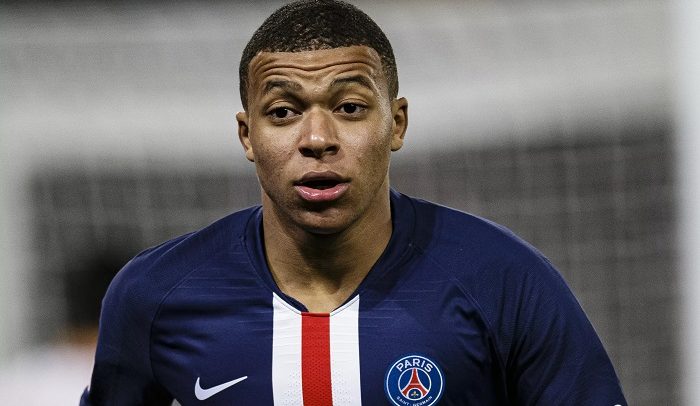
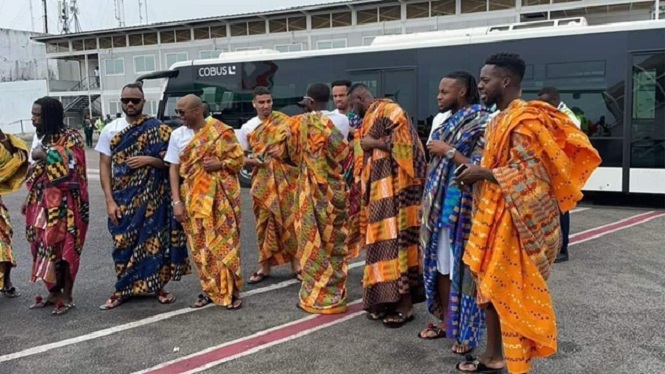






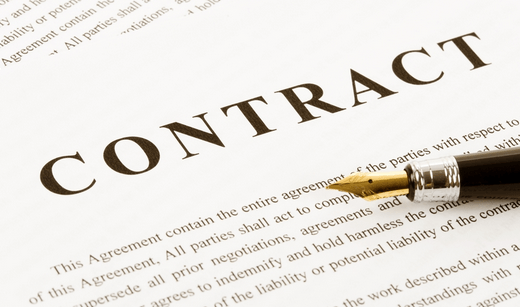


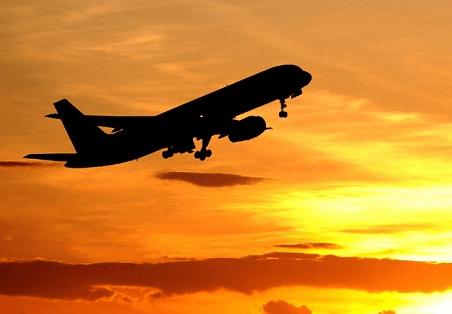
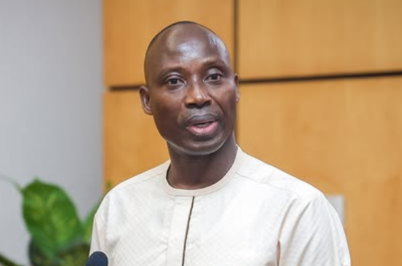






Facebook
Twitter
Pinterest
Instagram
Google+
YouTube
LinkedIn
RSS